Road Roller to Compact Gravel: A Comprehensive Guide
Compacting gravel is essential to achieve a stable and durable foundation in construction projects. Proper compaction increases the density of the gravel, reducing voids and ensuring better load-bearing capacity. It prevents settlement and soil erosion, providing a solid base for buildings, roads, and other structures, enhancing their longevity and performance.
Road rollers play a vital role in compaction by applying pressure to materials like soil, asphalt, or gravel. The weight and movement of the roller compact the surface, reducing air voids and enhancing material density. Road rollers ensure a faster and efficient compaction compared to other non-mechanized compaction methods.
This guide seeks to explain the use of road rollers for effective gravel compaction. It will outline different types of rollers, their applications and benefits. The information provided is essential in selecting the road roller needed for projects and operation practices to meet project requirements.
Contents
Understanding Gravel Compaction
A. What is gravel and its uses
Gravel is a type of coarse aggregate composed of small rock fragments, typically ranging from 2mm to 64mm in size. It is formed through natural weathering processes or crushed from larger rocks. Gravel is widely used in construction as a base material for roads, driveways, and foundations. It also finds application in landscaping, concrete production, and drainage systems due to its excellent permeability properties.
B. Importance of proper compaction
Proper compaction of gravel is vital to ensure a stable and strong foundation in construction. Effective compaction reduces voids between particles, increasing the material’s density and load-bearing capacity. It prevents settlement, improves overall stability, and minimizes the risk of structural failures, enhancing the longevity and performance of the construction project.
C. Factors affecting gravel compaction
1. Moisture content
An optimal moisture range ensures particles bind together, aiding compaction. Too little moisture leads to inadequate binding, while excessive moisture causes reduced compaction efficiency.
2. Gravel particle size and shape
Larger particles create larger voids, requiring more effort to achieve compaction. Irregular shapes can hinder interlocking, affecting density and stability.
3. Type of gravel material
Angular and rough-textured gravel tends to compact better than rounded or smooth gravel due to improved interlocking between particles. Coarse materials often provide better compaction results than fine-grained ones, as the latter may trap air and hinder compaction efforts.
Types of Road Rollers
A. Smooth wheeled rollers
Smooth wheeled rollers feature a smooth cylindrical drum attached at the front or back of a cabin. The cabin sits on an axle with two rubber tires; one on each side. Some models of the smooth wheeled rollers have two axles with rubber tires for additional stability.
B. Pneumatic rollers
This type of road roller is used to provide a smooth finishing for roads and general paving. It features air-filled rubber tires instead of a steel drum. The rubber tires come in contact with the material and exerts compaction force due to the weight of the roller.
C. Vibratory rollers
These could be smooth or padfoot rollers. Vibratory rollers have eccentric weights installed in the drum. The weights move back and forth at different frequencies when triggered to generate vibrations. The vibrations are then transferred to the material through the drum.
D. Sheepfoot rollers
These are also known as padfoot rollers. They feature a drum with protruding pads or feet. The pads reduce the force to contact area ration; this increases the pressure applied on the material. They are applicable in areas that require higher degrees of compaction.
E. Grid rollers
Grid rollers have the same operating principle as sheepfoot rollers. However, grid rollers feature a drum with steel rectangular grids. The grids increase pressure on material when the drum is roller over it. Grid rollers are also applicable in areas that require high degrees of compaction.
F. Combination rollers
Combination rollers are a blend of the smooth wheeled rollers and pneumatic rollers. This roller has a drum at the front and air-filled rubber tires at the back. Combination rollers offer both compaction and smooth finishing at the same time.
Preparing for Compaction
A. Site inspection and preparation
Before compaction, conduct a thorough site inspection to identify potential obstacles or hazards. Remove any debris, vegetation, or organic materials that could hinder compaction. Level the ground and address any soft spots or areas with poor soil conditions to ensure a uniform and stable surface for compaction.
B. Ensuring proper moisture content
Conduct moisture tests to determine the optimal moisture range for the specific type of gravel being used. Add or remove water as needed to achieve the ideal moisture content. Too little moisture results in inadequate compaction, while excessive moisture can lead to material displacement and reduced compaction efficiency.
C. Gravel layer thickness and gradation
Maintain consistent gravel layer thickness for uniform compaction. The thickness of each layer should correspond to the type of compaction equipment being used. Gradation, or the distribution of particle sizes, also affects compaction. Use well-graded gravel with a mix of different particle sizes to achieve better interlocking and compaction efficiency.
Safety Precautions
A. Personal protective equipment
Wear appropriate personal protective equipment (PPE) including a helmet, high-visibility clothing, steel-toed boots, and ear protection to safeguard against potential hazards and ensure visibility.
B. Inspecting the road roller
Before operation, inspect the roller for any damage or malfunction. Check brakes, lights, and warning signals. Ensure all safety guards are in place, and inspect tires or drums for wear or damage.
C. Operating guidelines for safe compaction
Operate the roller within recommended speed limits and avoid abrupt maneuvers. Stay vigilant for obstacles or personnel. Maintain proper distance from other equipment and personnel. Avoid compaction near edges or unstable areas. Use caution during reversing and keep hands and feet inside the cab at all times.
Operating the Road Roller
A. Starting and Shutting Down Procedures
To start the road roller, ensure the parking brake is engaged, and the transmission is in neutral. Turn the ignition key to start the engine. Allow the engine to warm up before proceeding. To shut down, ensure the roller is on level ground, engage the parking brake, and turn off the engine.
B. Adjusting Compaction Parameters (vibration, frequency, etc.)
Adjust vibration and frequency settings based on the type of material being compacted. For granular materials, use higher vibration settings, while cohesive soils require lower settings. Frequency adjustments affect compaction depth and efficiency.
C. Overlapping and Edge Compaction Techniques
During compaction, maintain a slight overlap between each pass to ensure even compaction across the entire surface. Overlapping prevents voids and ensures uniform density. For edge compaction, use the roller’s side for a few passes to compact areas near curbs, gutters, or tight spaces.
Compaction Process
A. Rolling Patterns for Optimal Results
Use different rolling patterns, like the “straight line,” “double V,” or “staggered” pattern, to achieve uniform compaction across the surface. These patterns prevent uneven compaction and ensure consistent density.
B. Monitoring and Measuring Compaction Progress
Regularly monitor compaction progress using methods like nuclear density gauges or cone penetrometers. Measure the achieved density against the desired target to adjust compaction parameters accordingly.
C. Addressing Common Compaction Challenges
Address challenges like inadequate moisture content, improper overlapping, or excessive speed promptly. Adjust equipment settings and techniques to overcome these issues and achieve desired compaction results effectively and efficiently.
Post Compaction Inspection
A. Assessing Compaction Results
Conduct thorough inspections to verify if the desired compaction levels have been achieved. Use various testing methods, like density tests or field plate load tests, to ensure the surface meets the required specifications.
B. Identifying and Rectifying Imperfections
Identify any areas with inadequate compaction or imperfections like soft spots or unevenness. Address these issues promptly by re-compacting the affected areas or making necessary adjustments.
C. Final Checks before Handing Over the Project
Perform a final check to ensure the entire surface meets the required compaction standards. Rectify any remaining imperfections before handing over the completed project for use or further construction activities.
Maintenance and Care of Road Rollers
A. Routine Maintenance Practices
Perform regular maintenance tasks, including engine oil and filter changes, inspecting belts and hoses, checking tire or drum condition, and lubricating moving parts. Follow the manufacturer’s maintenance schedule for optimal performance and longevity.
B. Cleaning and Storage Tips
Clean the roller after each use to remove debris and prevent corrosion. Store the roller in a dry and covered area to protect it from weather damage and exposure to sunlight.
C. Addressing Common Road Roller Issues
Address issues like engine overheating, hydraulic leaks, or vibration irregularities promptly. Regularly inspect and service the roller’s components to prevent major breakdowns and ensure smooth operation on construction sites.
Best Practices for Gravel Compaction
A. Tips for Efficient and Effective Compaction
- Gradually increase roller speed to avoid excessive compaction at the start.
- Utilize proper moisture content for optimal compaction results.
- Apply multiple roller passes with overlapping patterns to ensure uniform density.
- Adjust vibration and frequency settings based on the type of gravel material.
- Use suitable rolling patterns like the “straight line” or “staggered” technique for even compaction.
B. Environmental Considerations
Minimize compaction in environmentally sensitive areas to preserve natural habitats.
Implement erosion control measures to prevent soil runoff and sedimentation.
Use eco-friendly materials when available and adhere to local regulations on noise and emissions.
C. Case Studies of Successful Gravel Compaction Projects
The construction of a new rural road in Colorado, USA, involved a completed gravel compaction project. Using a combination of smooth-wheeled and pneumatic-tired rollers, the gravel was compacted to achieve optimal density and stability, ensuring a reliable and durable road surface for the local community.
Conclusions
Gravel compaction is a critical process in construction, and road rollers play a vital role in achieving stable and durable foundations. By following efficient compaction practices, such as proper moisture content, overlapping patterns, and suitable rolling techniques, road rollers ensure uniform density and optimal performance of gravel surfaces.
Environmental considerations, like erosion control and eco-friendly materials, contribute to sustainable construction. Responsible compaction practices create long-lasting infrastructure while preserving the environment.
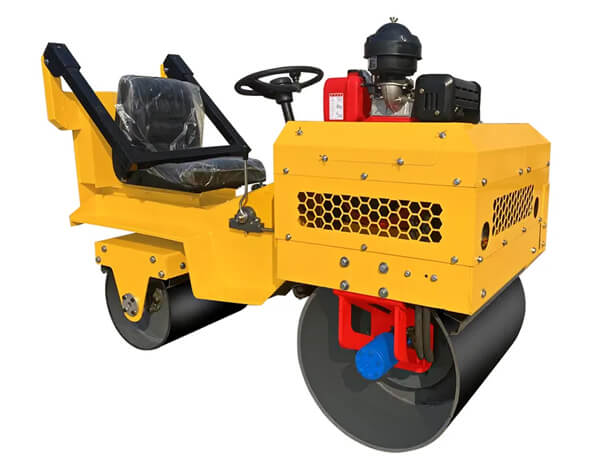
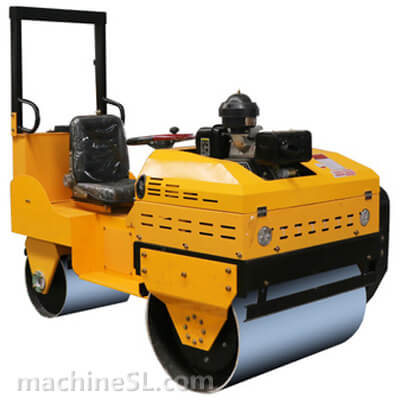
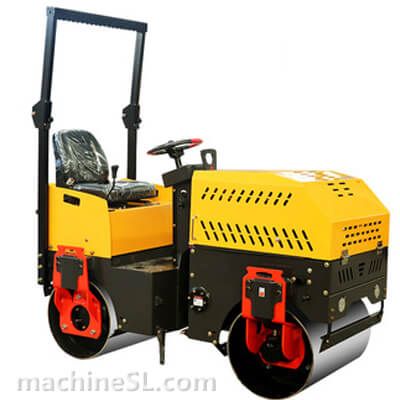
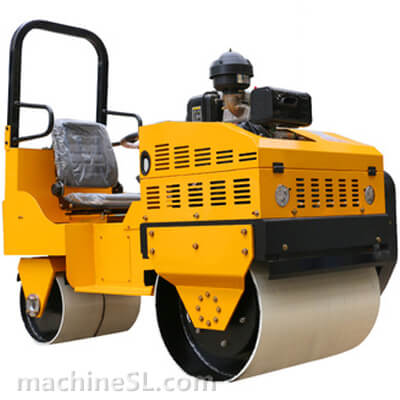
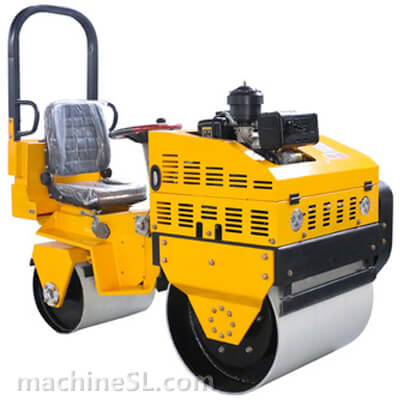
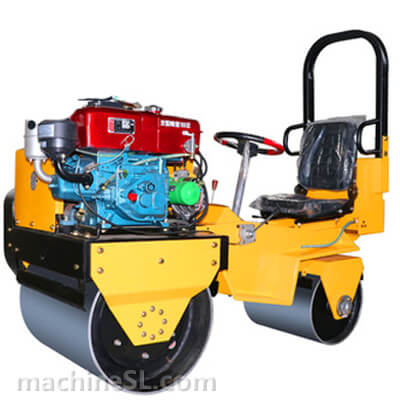
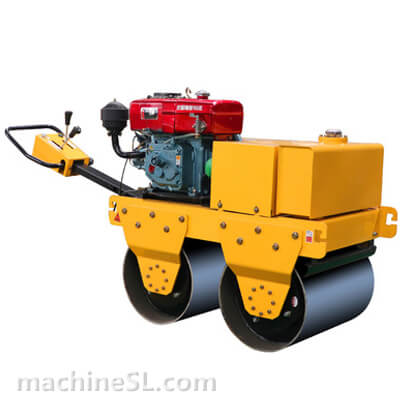
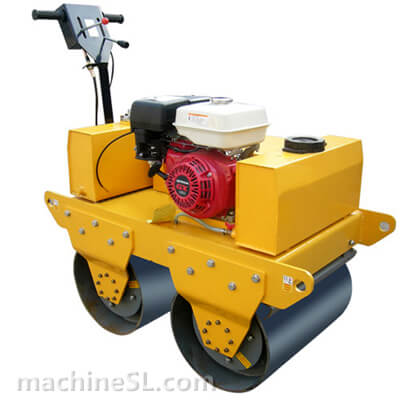
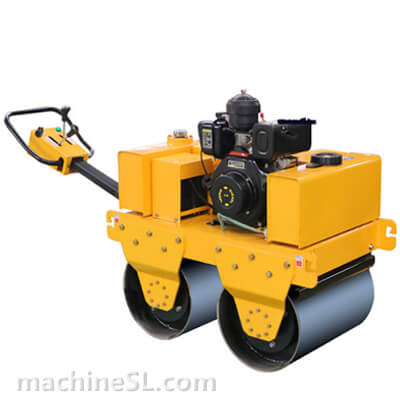
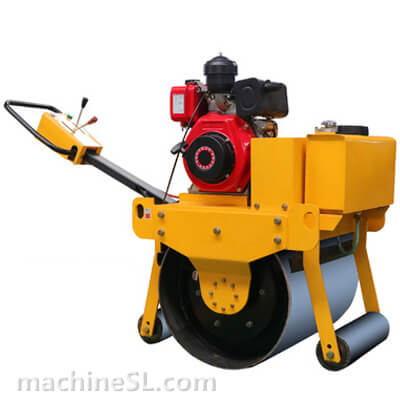
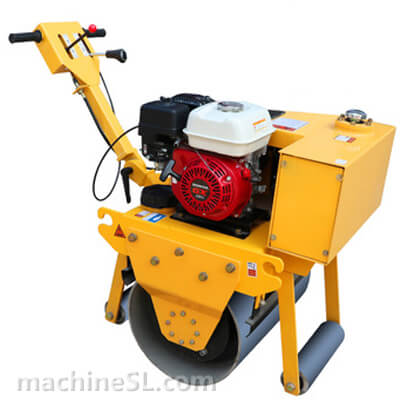
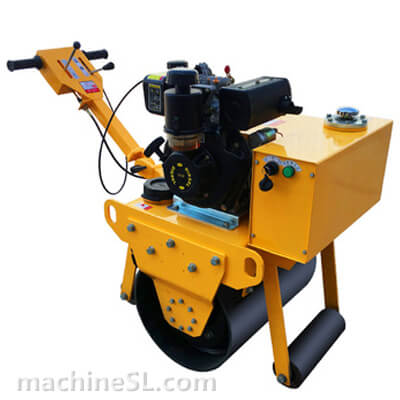
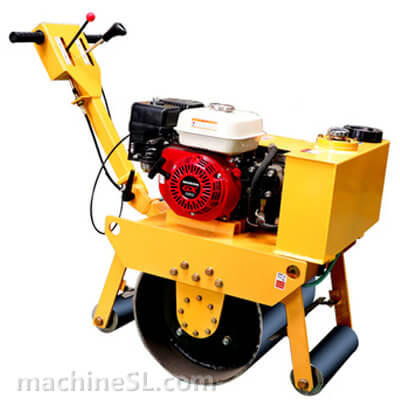
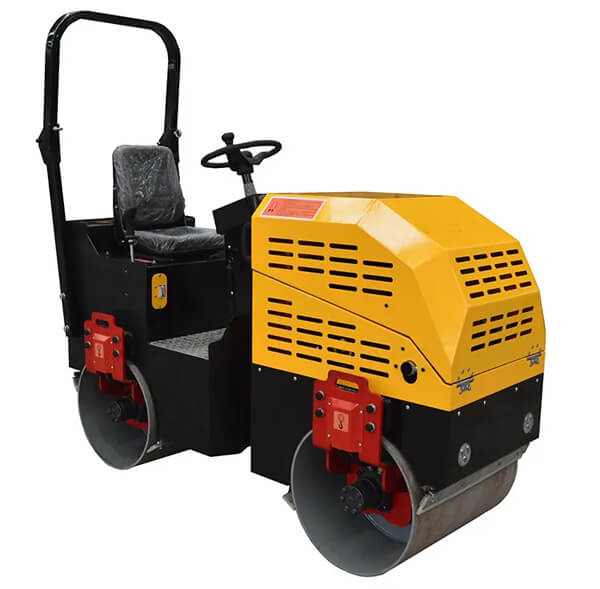
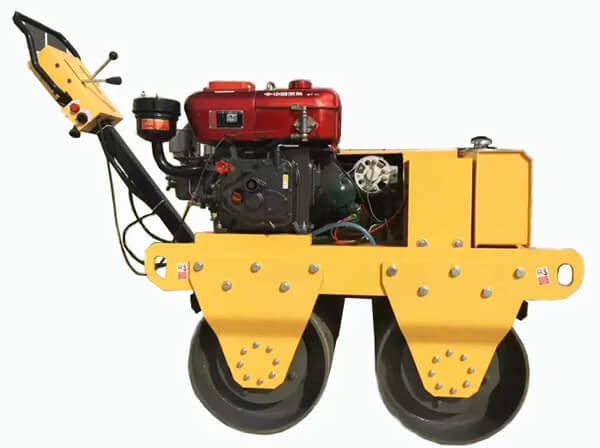
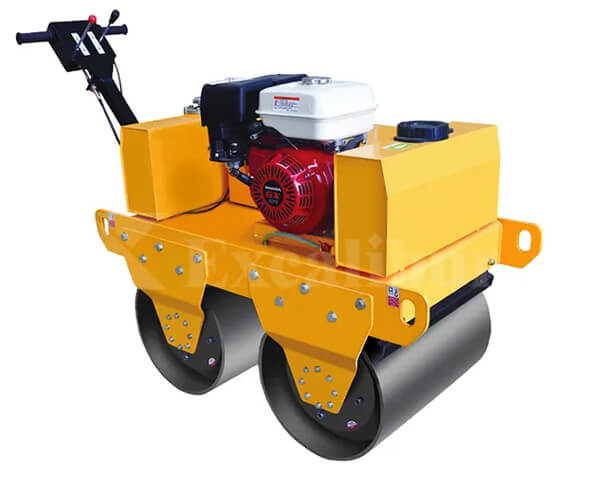
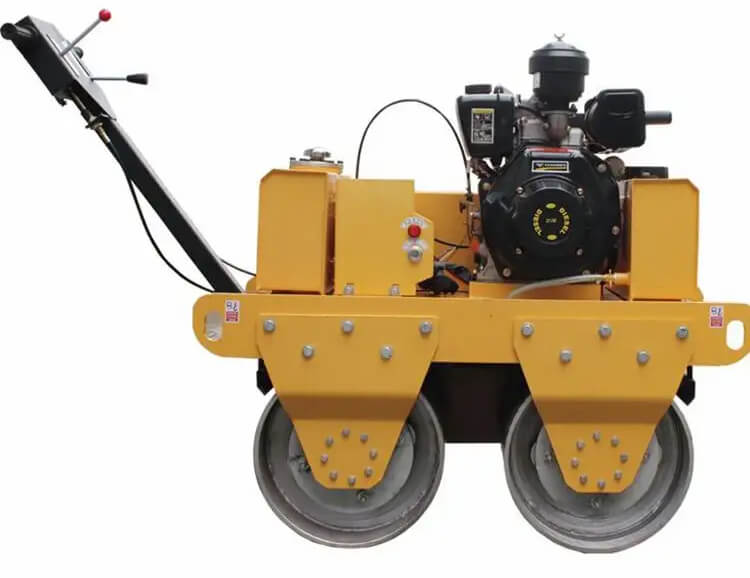
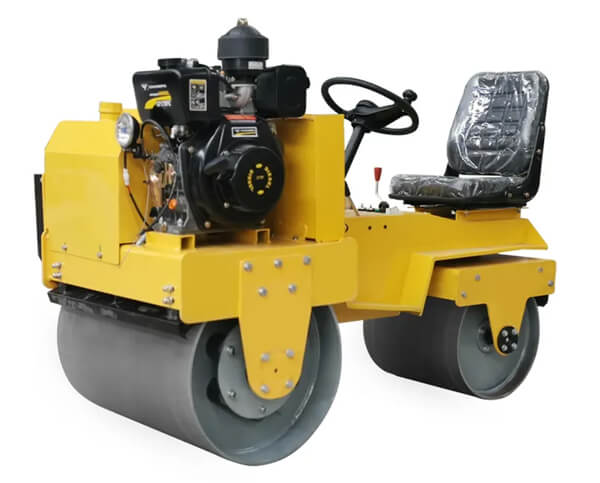
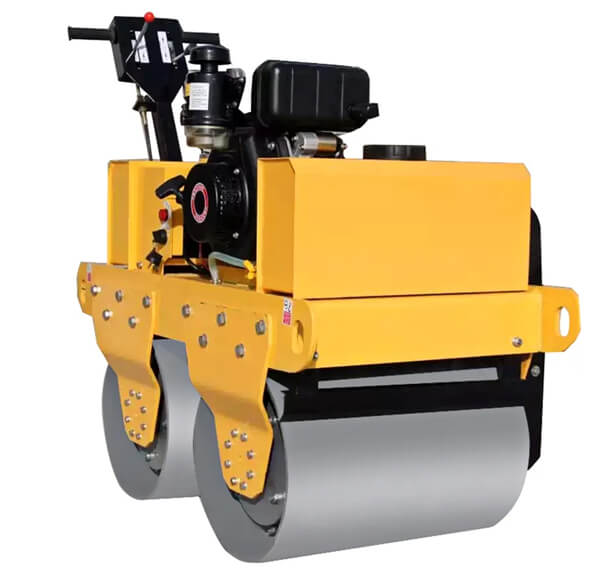
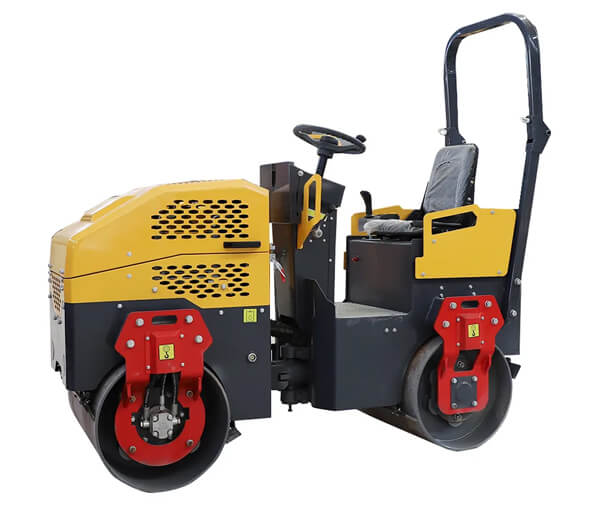
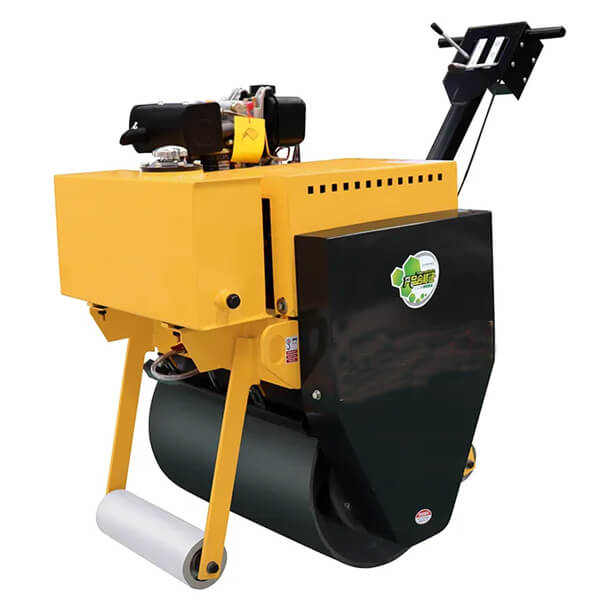
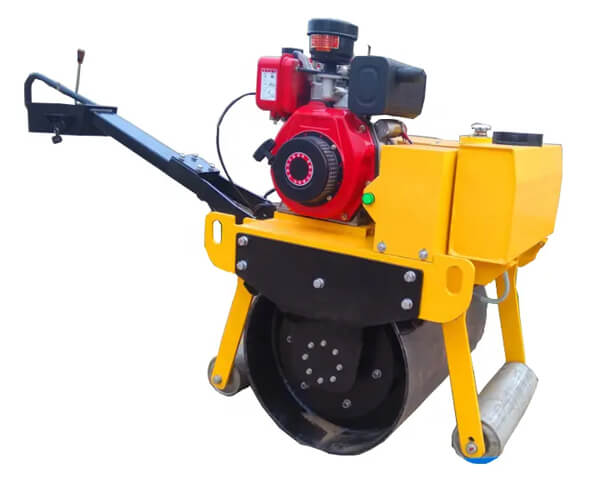
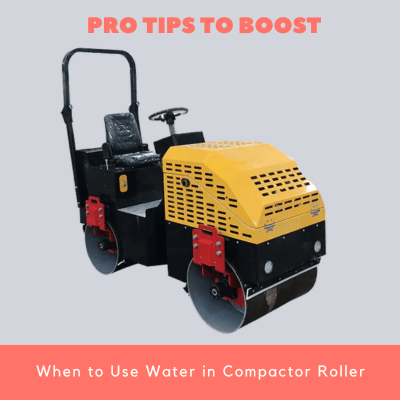
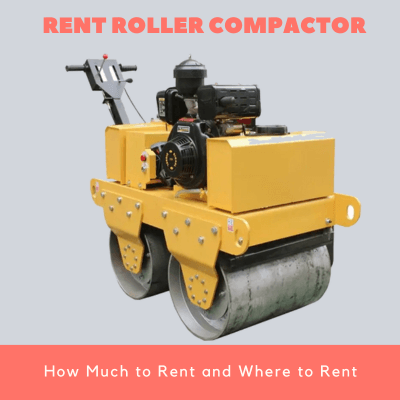
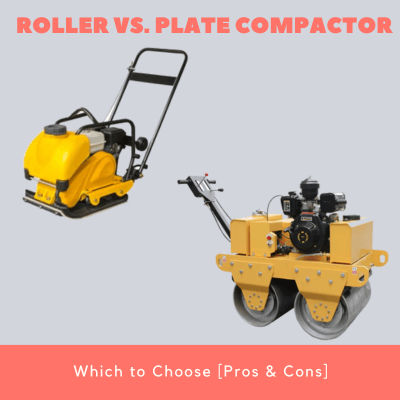
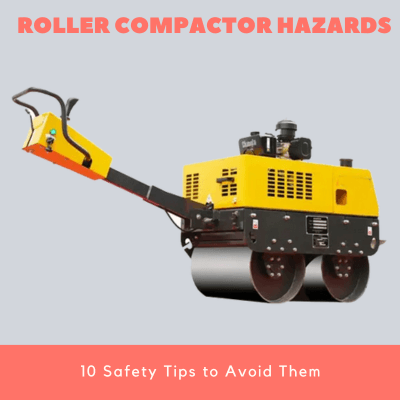
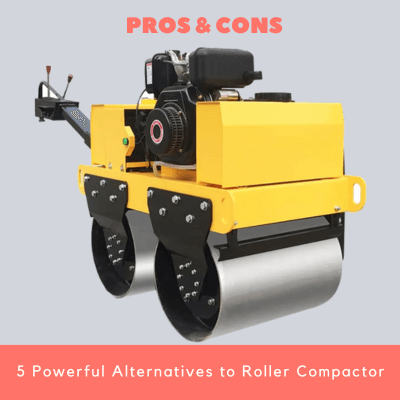
Leave A Comment